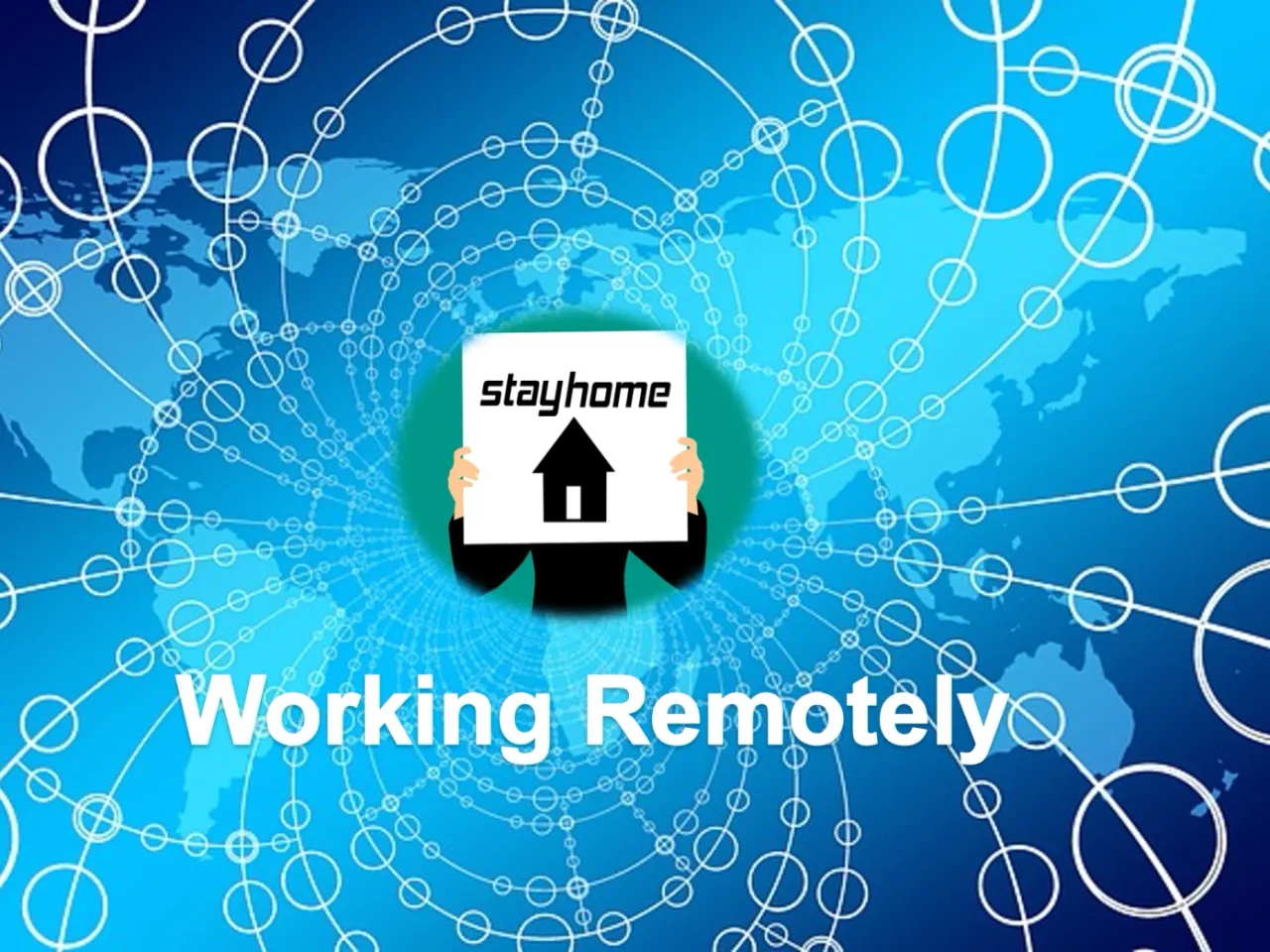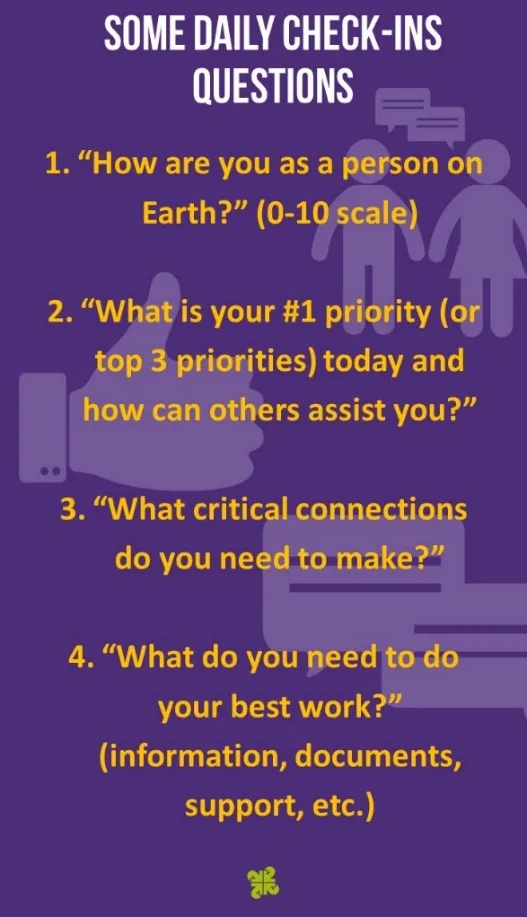Building an Inclusive Community: Tips for Working Remotely

We are living through an unprecedented time, which is calling on each person, team, and organization to find new ways of interacting as we practice physical distancing. At the same time, we still need to carry on our work responsibilities. While many people are working from home and behind a screen most of the day, it is important to focus not just on the work that needs to get done, but also on how to create community and an inclusive environment. We, at The Kaleel Jamison Consulting Group, Inc., want to share how to apply some Inclusive Meeting Norms and Conscious Actions for Inclusion to be used virtually. Even before the COVID-19 pandemic, technology has been a tool to assist us in working differently, fostering both connection and isolation with emails, social media, and video conferencing. Now more than ever, as we practice physical isolation, we believe it is important to be intentional about how we are connecting and interacting. We hope you find these tips useful. Please forward to others and please send us examples of the ways you are creating inclusion as we all adapt to this current reality. You can send your examples to [email protected].
While virtual platforms have created tremendous capabilities for conducting business, many of us have been thrust into a new way of working in response to the pandemic without established norms for interactions. There is an emphasis to be more fully present with our colleagues as we work toward problem-solving and continuing to achieve our organization’s goals. The challenge is many of us are not only working remotely, we are also balancing a variety of factors including: children, parents, or other dependents who need attending to; partners sharing our workspace; other team members who are working from home (some for the first time) and others being in the office; team members who are no longer working; neighbors and friends who are fearful or in need; and possibly knowing someone who has contracted, died from, or is in recovery from COVID-19.
Dealing with the day-to-day realities has intensified: where to get food, how to see doctors and continue receiving care, how to stay in touch with family and friends, etc. While we are experiencing physical distancing, we recognize the need for connection. This is not “business as usual”. There is confusion about how to address our personal needs and there is added pressure to deliver. We want to share some work-related tips to maintain the quality of our interactions, create connection, reduce isolation, and identify ways to partner and be a resource to others.
Establish daily check-ins with team members
The pandemic seems to be changing by the hour; how we process and feel about this information shifts dramatically—for many it is a wave of highs and lows. As a manager or team leader, set aside a dedicated time to have the team meet and check in, both on the work tasks that need to be accomplished and on how people are managing during this crisis. It is helpful to know what challenges each person is facing. Try to understand their individual situations so that you, as a leader or their team member, can lend needed support. Some possible check-in questions might include:

“How are you as a person on Earth?”
(0-10 scale)
Understanding where your team members are each day is imperative. Ask them how they are doing as people on Earth using a 0-10 scale, 0 being low and 10 being high. Understanding where your team members are each day is imperative. We often say that sharing what is behind your number is voluntary and especially during these times we encourage people to share. Think of the check-in as providing “water cooler” talk on how your day is going—make sure to assess your full self (work, home, etc.).
2. “What is your #1 priority (or top 3 priorities) today and how can others assist
you?”
Walking up to someone’s desk and having impromptu conversations or overhearing
that someone is having difficulty with a task are not options when physically distant.
Identify what you are working on and where others can assist you, creating the
possibility of collaboration and support. This is also the time to reflect on what is
important, align priorities, and put aside activities that may be wasting valuable
energy.
3. “What critical connections do you need to make?”
A simple way to keep your daily team meeting on task without side conversations is to invite team members to announce who they need to connect with after the meeting.
4. “What do you need to do your best work?”
Remember, you have a shared mission and each day brings a different challenge. Take this meeting time to share what you need from your team or others (e.g., information, documents, support, etc.).
For larger groups that you meet with regularly, rotate who checks in verbally and invite others to put their responses in the chat.
Inclusive tools and norms for conference calls
As humans, we rely on nonverbal communication to interpret the meaning and understanding of the messages we are receiving. Seeing each other is critical to getting a sense of how people are coping during this crisis as well. Encourage others to use their cameras, whenever possible, and demonstrate responses to ideas with clapping gestures, finger snapping, smiles, thumbs up or down, head nods, or other signs of support or reaction. By using video, it keeps people more focused and engaged and less likely to multitask. Have attendees mute themselves when not speaking to cut down on distractions. Allow grace for those who are participating with children interrupting, the dog barking, or other disruptions—it is all part of our adjusting to this new work environment. Some inclusive tools and norms to practice for these calls include:
1. Standard Work Agenda
Establishing a common practice of preparing for meetings is one of the most inclusive behaviors a leader or meeting facilitator can use. Attendees should be clear about the purpose, objectives, agenda, and expected outcomes ahead of the meeting. Include this as part of the meeting invitation, so people can prepare and be clear about how they can contribute. Attendees should know who is able and unable to attend, particularly if it is a decision-making meeting.
Click here for example of a standard work agenda.
2. Hellos
Saying hello becomes even more impprtant when we engage with each other virtually. It is difficult to get everyone’s voice into a conference call and it is even harder when a person’s presence is not acknowledged. This inclusive behavior creates community, is a way of saying “I see you” and enables each person to get their voice in before immediately going to the tasks. As convener, have a list of who is attending the meeting and welcome each person. If there is a phone participant: The convener should announce everyone in the meeting verbally so that people can be aware of who is participating. If anyone joins thereafter, the convener should acknowledge the new attendee and let them know who is on the phone. Don’t assume that everyone knows your voice. Establish the practice of saying your name before you comment when there is a phone participant, so it is clear who is speaking. Make it a habit for all attendees to enter their full names when they log in so that others know who is participating.
3. Moment for focus
In-person meetings often include a change of location or some break that allows attendees to breathe and hit the mental “restart” button between meetings. Remote meetings may run one after the other, have their own set of technological hurdles, or be impacted by individuals’ home situations, so it is necessary to give time at the start of a meeting (e.g., 30 seconds, 1 minute) for people to clear their minds before diving into a topic, especially topics of high importance. A moment of focus enables people to be more fully present for the conversation. It can be in the form of silence or the convener can pose a self-reflecting question, like one of the following:
- “How can I add value and my thinking to this meeting?”
- “What can I let go of that is preventing me from fully showing up?”
- “What inclusive behavior do I want to practice in this meeting?”
- “What do I need to do to shift my attention from what I was doing prior to this
call, so that I can be fully present and engaged now?”
For lengthy virtual meetings (say, over one hour), it can be helpful to have several mini moments of focus to enable people to stay engaged.
4. Create a queue to facilitate getting everyone’s voice in a discussion
When you want to hear from everyone, it is helpful to create a queue so that individuals know when it is their turn to contribute. This also enables each person to listen to what others are saying and be less focused on when they will speak. Queues are useful for check-ins, when you want to hear everyone’s point of view on an issue, at the end of the call to assess how the meeting went, or to hear each person’s responsibilities and takeaways from a conversation. Create a queue by listing the
order that people will be called on, letting everyone know the order, posting it in the “chat” box, and announcing the next 3-4 people periodically. It is particularly helpful when 3 or more people want to speak on a subject. Ask participants to raise their hands to the screen so that the meeting convener or facilitator can see they have something to add, then establish a speaking order.
5. Designate a person to monitor the chat
Encourage attendees to write comments in the chat for greater participation and discussion. Have a person, other than the meeting convener/facilitator, monitor the chat and highlight questions and comments that are being shared. The chat monitor can also invite those voices into to the conversation and ensure that people’s point of view is heard.
6. Use breakout rooms and other tools when possible
One of the great features of some video conferencing platforms is the ability to create breakout rooms as part of the meeting. Breakout rooms are particularly useful for brainstorming topics and ensuring the conversation is not being dominated by one voice. Breaking out participants encourages group members to actively participate and bring their perspective or “street corner” to the conversation. Depending on the topic at hand, this can be a powerful tool for creating greater engagement, getting a diversity of perspectives, and having better decision-making. Learn to utilize the other on-screen tools that many platforms offer, such as whiteboards, highlighters, and screen sharing.
7. Practice Conscious Actions for Inclusion
As we are working in more stressful and unusual conditions it is even more important that we consciously practice inclusive behaviors. It is essential that people are willing and able to Lean into Discomfort (including using a video conferencing platform) and to honestly raise issues and speak candidly about any concerns or other points of view that they might have. Listen as Allies and seek for understanding as we move quickly through tasks. Click here for a full list of the Conscious Actions for Inclusion.
(*Additional note below.)
8. Identify a buddy and record calls for those unable to attend
Having someone join a meeting who is unaware of previously covered topics, having to fully review the previous meeting, and/or not knowing the outcomes of a previous meeting all create waste. Identify who is absent or needs to leave a meeting early and ask an attendee to serve as a buddy to update the person so they do not miss out on critical information or actions. This establishes an inclusive practice where all parties remain informed and able to continue moving work forward. In addition to having a buddy, some platforms allow you to record the meeting which enables those unable to attend to review the full meeting.
9. Review next steps and offer appreciations
Ensure all attendees know what the next steps are and who is responsible for moving items forward. Finally, at a time when people are experiencing a high level of stress, Give Energy Back! Take this opportunity to offer appreciations and acknowledgement of individuals while all attendees are on the call—it is important to give energy back to people for their efforts and not to take them for granted.
10. Conclude meetings 5 minutes early
This has been a part of many “How to Improve Meetings” lists and it is no less true working virtually—in fact it is more important. Office meetings require walking through the halls, changing meeting rooms, going up the stairs, giving our bodies the stretch breaks needed to keep going and stay healthy, which we do not get when working from home. Allow team members time to prepare for the next call and provide them time to take a quick stretch, deal with matters at home, or just have time to breathe.
Some additional resources that may be useful:
*For more information about Conscious Actions for Inclusion see Katz and Miller (2013). Opening doors to teamwork and collaboration: 4 Keys that change everything. Oakland, CA: Berrett-Koehler.
Dhawan and Chamorro-Premuzic (2018). How to Collaborate Effectively If Your Team Is
Remote. https://hbr.org/2018/02/how-to-collaborate-effectively-if-your-team-is-remote
Nevogt (2020). How to Work Remotely When You Come From an Office: Our Best Advice. https://blog.hubstaff.com/remote-working-tips-for-office-teams/
Copyright © The Kaleel Jamison Consulting Group, Inc. Permission for re-use and duplication is granted with proper attribution. No adaptation or derivative works without further consent. 518.271.7000. www.kjcg.com.
